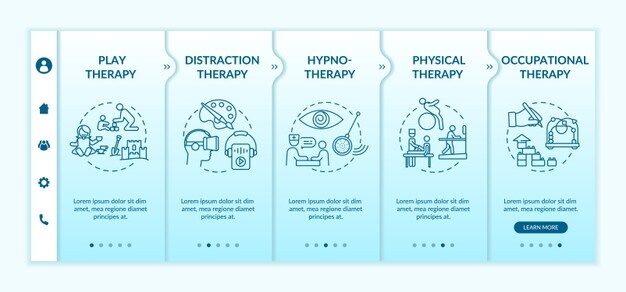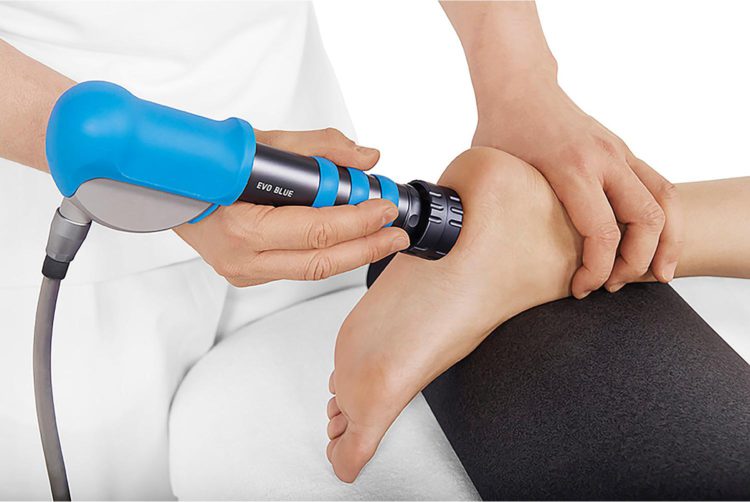It is an extremely undermined topic when it comes to physiotherapy for children, and it has proven to be an equally essential crucial form of therapy for babies, children, and adolescents.
As important as Physiotherapy is for elderly people and is considered a necessity, in the same way, at a growing age of a child, rehabilitation and therapy for the development of the brain, bones, and muscles are crucial.
In this blog, we will give insights on Pediatric physiotherapy and answer the most common questions asked about this therapy.
What is Pediatric Physiotherapy?
Pediatric physical therapy focuses on children from age 0 to 18 to promote physical and motor growth aiming to achieve optimal development. Our pediatric specialists work with the children to develop a child’s:
- Motor function.
- Posture.
- Enhancing the growth of the bones.
- Strength of the muscles.
- Flexibility.
- Balance.
- Coordination.
- Sensory understanding.
These treatments include manual therapy, education, functional playing, understanding the development of the child, and preparing personalized treatment plans for your child that include pediatric physiotherapy exercises. Motivating the growth of the child’s development is crucial for the long run.
Why do children need Pediatric physiotherapy?
As a child begins its growth and development, the right direction and motivation of each growth are necessary for independence and achievement of self-esteem. Pediatric physiotherapy exercises are capable of providing a safer form of development, strengthening, and developing necessary preventive measures of physical damage, just like sports pre-rehabilitation.
This majorly addresses muscular weakness, imbalance, and coordination. An individual plan is developed for every child as every child is built differently however, the common programs include activities for balance and coordination, safety and prevention programs, and Motor development activities that include therapeutic playing.
How does Pediatric Physiotherapy work?
Children with special needs or normal development problems need Paediatric Physiotherapy. At PhysioExperts, we have a special approach towards children with any needs. For instance, the most common worrisome topic that remains for parents is speech development. Children stuttering in childhood is very common as they have heard you talking, and they register some words in their head. However, there is a complex dance happening in their head as they know the word, they might know the meaning of a few words they have heard, however, they are struggling with how to use it and where to use it. We do not know what is happening in their head nor do they know but they are confused, and they want to speak but they are yet in the Speech development stage and learning how to speak.
For this reason, Pediatric Physiotherapists at PhysioExperts, focus on each child’s development by understanding their motor development skills by following a plan of pediatric physiotherapy exercises. This engages the child in activities that interest them in development and growth. This eventually helps to prevent a child’s sensory reaction. If this reaction is not assisted, a child can develop a temper and can throw tantrums, and have mental breakdowns.
We aim to engage the child and the parent in this process to develop a bond with them and also get the parents used to understand their child’s motor needs.
Benefits of Pediatric Physiotherapy:
- Stronger joints
- Range of motion
- Developing muscular strength
- Speech development
- Working on the reflexes
- Creating the right posture
- Developing equilibrium skills
- Gait training
- Building self-esteem
- Develop an independent mindset
At PhysioExperts we offer much more than just general physiotherapy treatments to help you restore your mobility and help you make sure to not put yourself in any harm’s way.
Book an appointment to get a physical assessment done for your condition and get personalized treatment.
For appointments, Call Us: 613-672-6000 or drop us an email: info@physioexperts.ca





